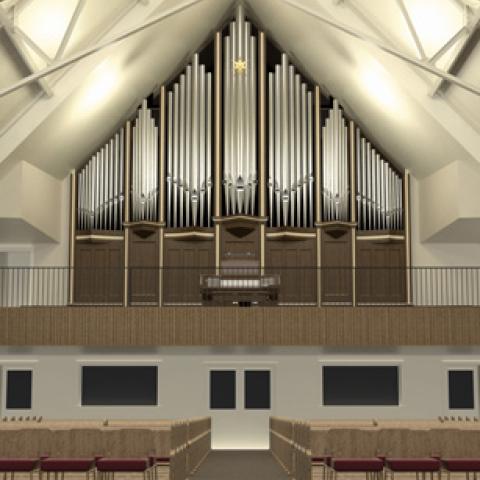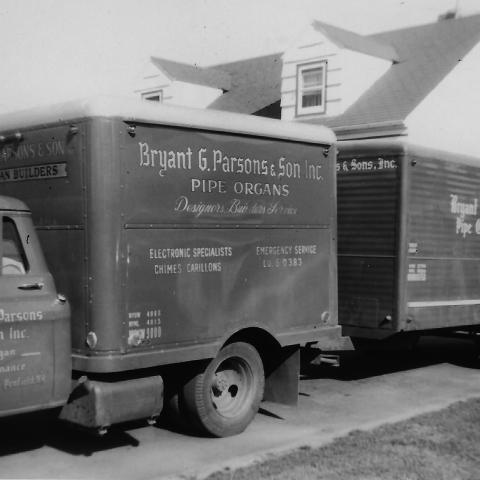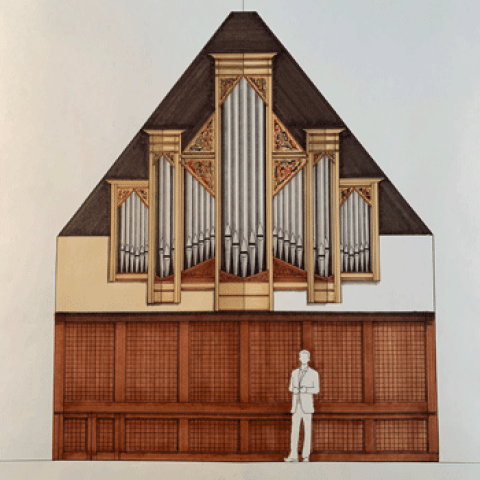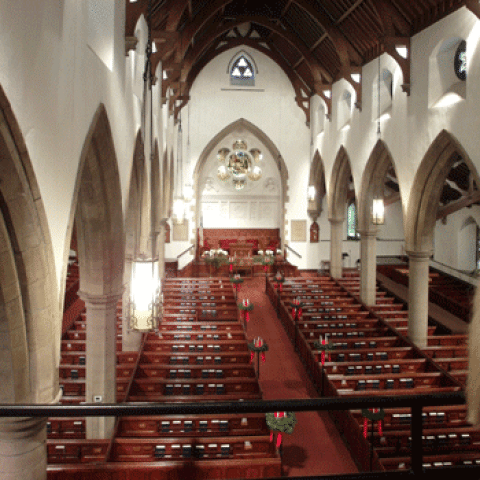
This year, Parsons Pipe Organ Builders celebrates the 100th anniversary of its founding and five generations of Parsons family members who have made pipe organs their vocation.
Parsons is currently under contract to build new organs for First Lutheran Church, Cedar Rapids, Iowa (three manuals, 52 ranks, mechanical action, Scott R. Riedel, consultant); St. James by-the-Sea Episcopal Church, La Jolla, California (four manuals, 79 ranks, electric-slider action, in collaboration with Manuel Rosales; Thomas Sheehan, consultant); and St. Benedict Catholic Cathedral, Evansville, Indiana (three manuals, 57 ranks, electric-slider action). Parsons was also recently chosen to complete the research, documentation, and restoration of the circa 1841 Jacob Hilbus organ for the Organ Historical Society (Bynum Petty, archivist and consultant; S. L. Huntington & Co., collaborating).
Parsons Pipe Organ Builders is the cover feature for the January 2021 issue of The Diapason.
For information: https://parsonsorgans.com/
Other organbuilder news:







